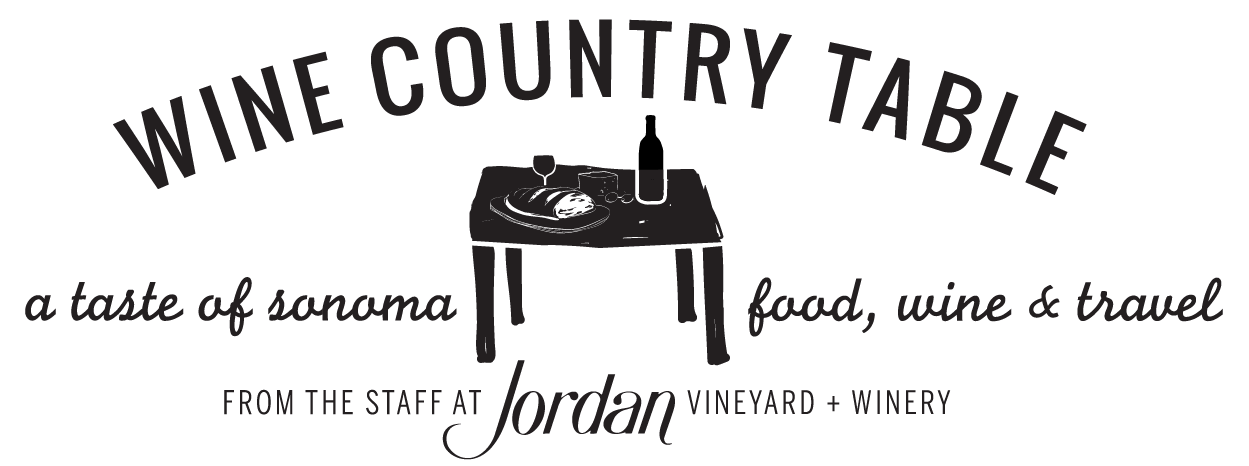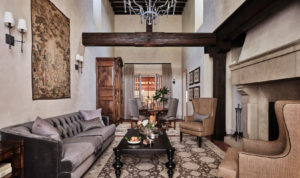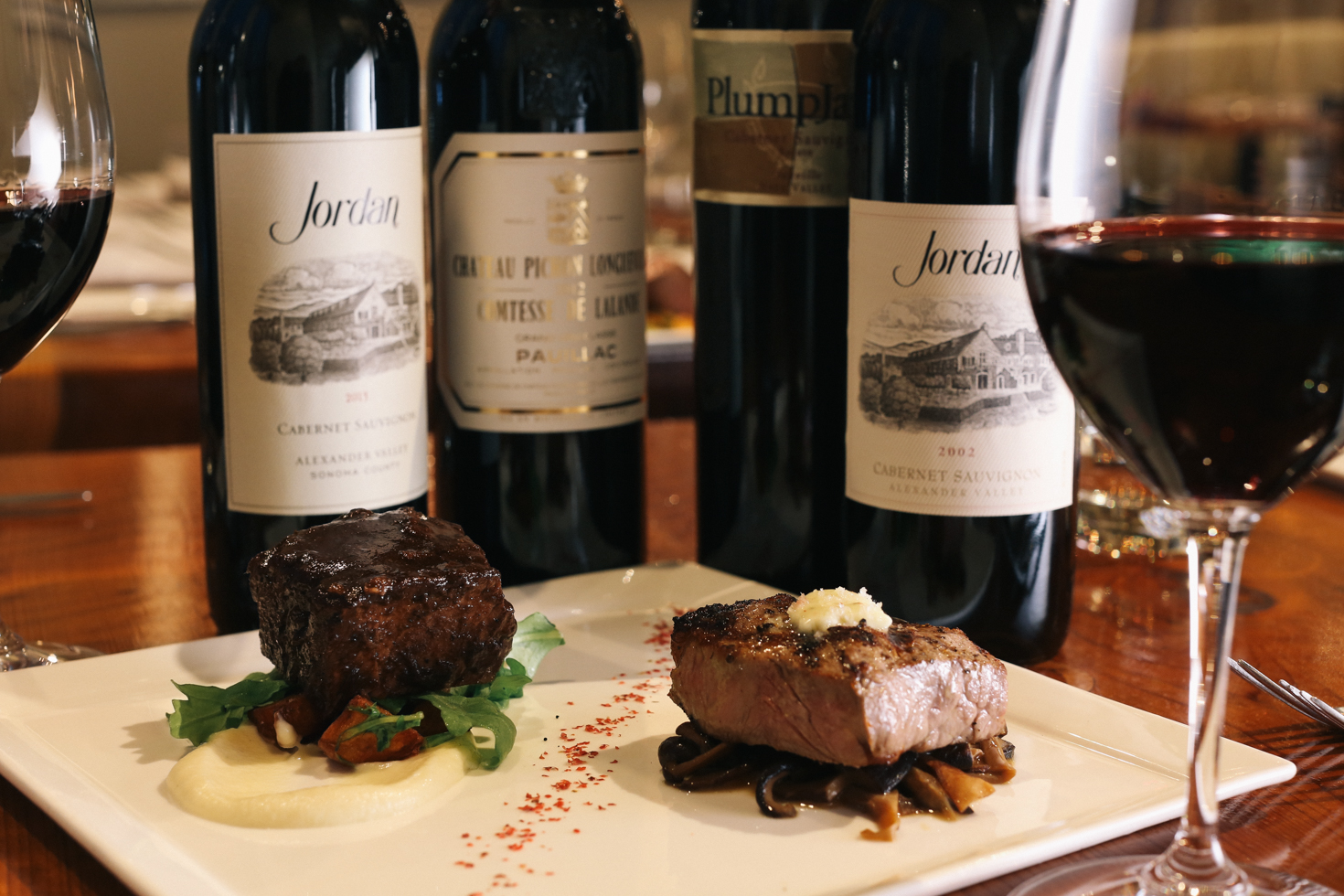
Tips and Tricks for How to Read a Wine List
For those of us who live and work in Wine Country, reading a wine list often feels like digging into a suspense novel. We pour over every line on every page. It’s enough to make Gillian Flynn jealous. I know, however, that we wine people are in the minority. Ordering wine at a restaurant feels like a nerve-wracking exercise to many diners, but it doesn’t have to be. Embrace the fun side of choosing the best bottle with these six tips and tricks from the pros for how to read a wine list.
Six Tasteful Tips for How to Read a Wine List
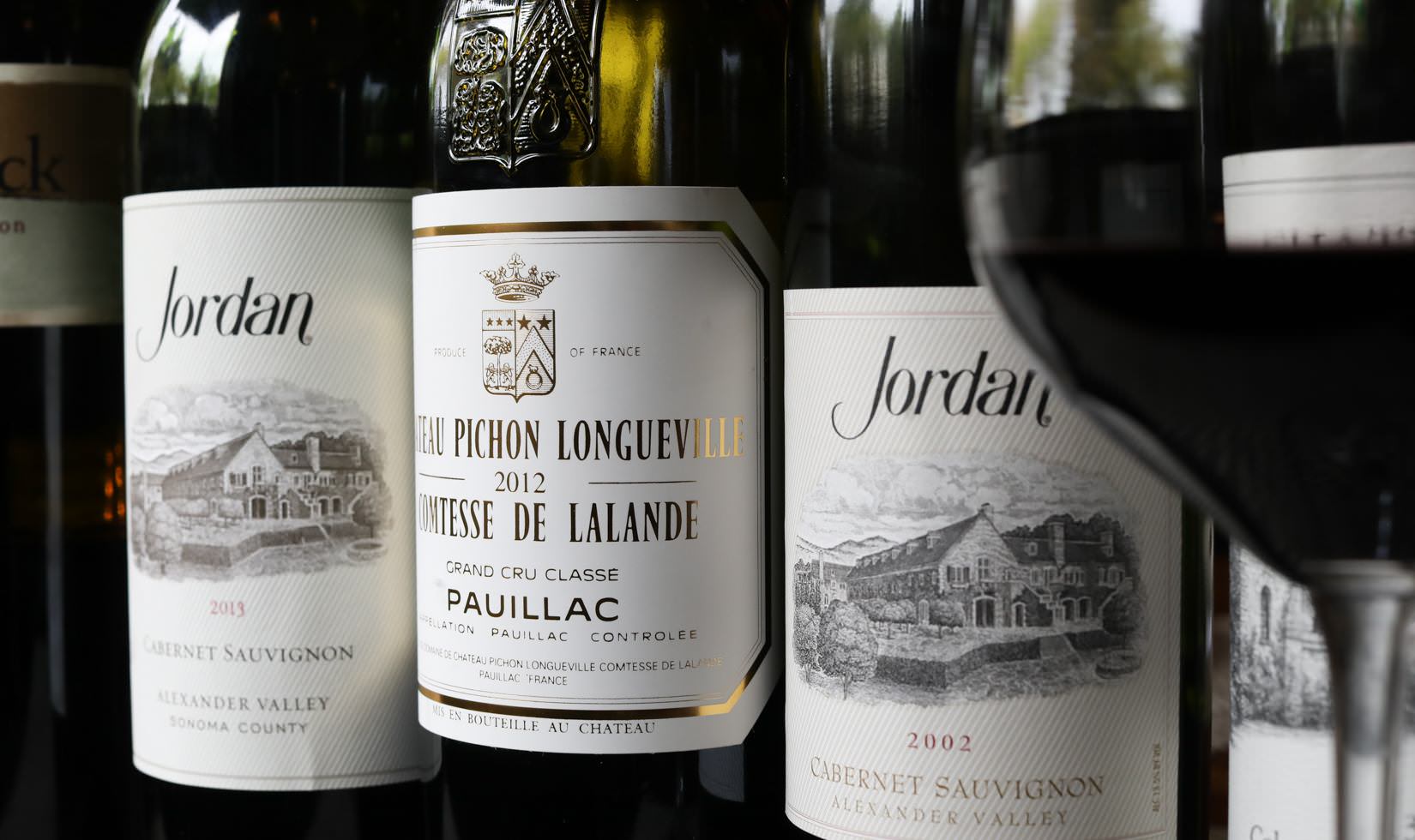
Understanding the Different Structures of a Wine List
Wine lists can be organized in various ways, and understanding their structure will make it easier to navigate that vinous page-turner. There are three main approaches: present the wines by color—whites, rosé and reds with sparkling at the top; present the wines by region, such as Sonoma County, Napa Valley and Bordeaux, France; or present the wines by grape varietal, such as chardonnay, pinot noir and cabernet sauvignon. “Restaurants with the largest wine lists tend to organize by region and then they present their strength of the list first, like a French restaurant that places its Burgundy wines before all others,” says Cassandra Felix, sommelier at Restaurant Daniel and Wine & Culture Fest’s 2023 Sommelier of the Year. “This is a signal to the guests that this is a region we specialize in, and we want you to consider ordering from.” These tomes can go deep into sub-appellations of wine regions, such as Volnay and Pommard in Burgundy’s famed Côte de Beaune region or Alexander Valley and Russian River Valley within Sonoma County. With these classic styles of wine lists, wines usually appear from lightest to fullest-bodied, progressing in color, giving you a subtle hint for how to order wine at a restaurant: start with bubbles, then order a crisp white or rosé with your lighter course before a fuller-bodied red or rich white wine with your main course. Many sommeliers get creative with restaurant wine lists and organize the wines by flavor and body, including adjectives like racy, bright or silky, which make your how to read a wine list journey much easier. “Wine lists organized by style are a simple, fun way to make wine ordering more approachable,” Felix says. “Guests feel more open to exploring new wines, and it’s really great approach for small and niche restaurants.”
Pro tip: Wines featured by the glass are typically where sommeliers place a combination of classic varietals for guests who know what they like and a few lesser-known grapes that the sommelier wants diners to discover. “We want the guests to come out of their comfort zone and taste something new, and the easiest way to do that is by the glass,” Felix says.
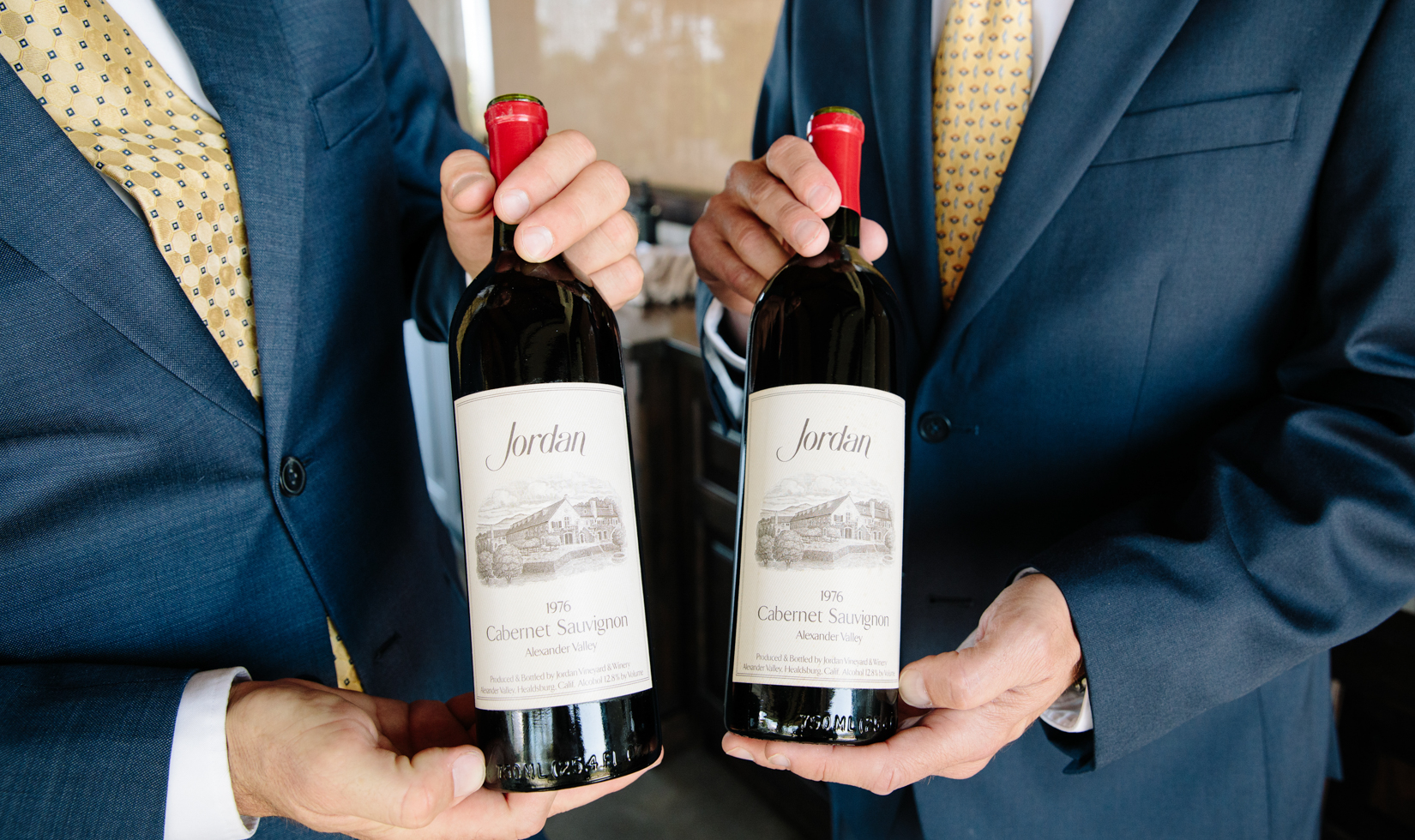
Asking for Advice – Sommeliers Love to Help Customers
Even with the biggest, deepest wine lists, don’t be intimated. The sommelier created that list because they are passionate about the world of wine and want to share as much as possible with their guests. If you aren’t in the mood to pour over the wine list, that’s okay. Just ask for advice. The sommelier’s job is to help you choose the right wine for your meal. “There’s this moment when I suggest a wine for the table, and as I’m offering the guest the first taste, it feels like jumping out of a plane with or without a parachute,” Felix says. “Are they going to love this wine with the food as much as I do? One the best things about my job is introducing guests to a wine they’ve never had and having them enjoy it.”
Pro tip: When asking a sommelier or wine server for advice, describe the style of wine you typically enjoy—even sharing the brand name is fine. If you don’t know what you like, that’s cool too. Give a price range you want to spend and share what food you’ll be ordering. I’ve been doing this for 25 years as a wine professional, and I am rarely disappointed.
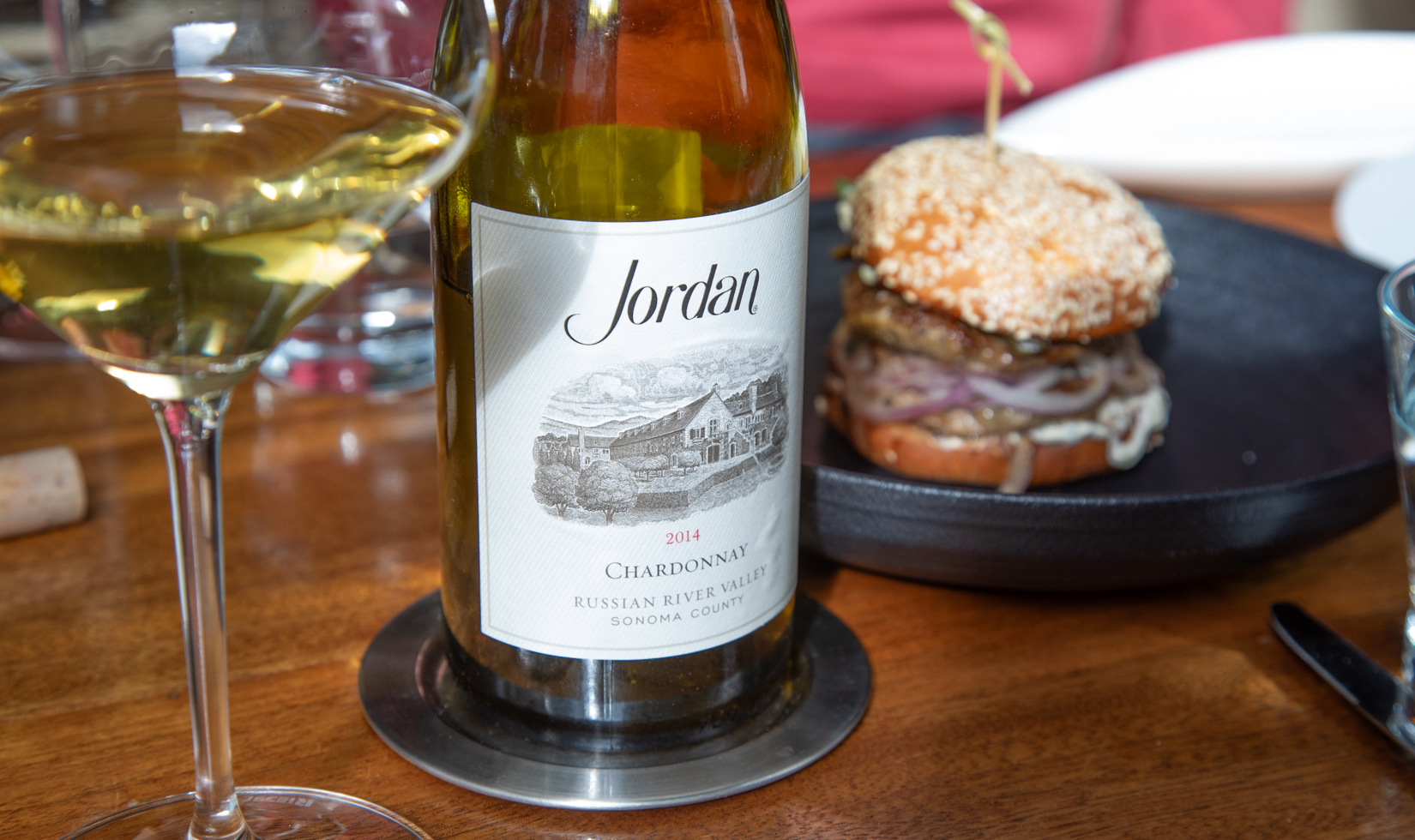
The Truth about Vintages When Mastering How to Read a Wine List
Every wine on a wine list, except for the two wines that are often a blend of multiple vintages (some sparkling and some Ports), carries the vintage date of the year the grapes were harvested. When ordering wine at a restaurant, it’s easy to get caught up in the allure of vintage years—older wines taste better, rain during harvest is bad for the vintage, etc. Vintage does matter, but there are more shades of gray than that sultry novel set in Seattle. My advice is don’t stress out about whether the vintage is good or bad. That’s so 1990s. Good winemakers make great wines even in challenging harvest conditions, and the weather patterns across wine regions vary dramatically. Respectable sommeliers and beverage managers taste test and approve every wine. “As a sommelier, you are always looking for the best from every vintage, searching for the wines that pair best with your chef’s food,” says Chris Sawyer, wine writer, sommelier and partner at Gravenstein Grill in Sebastopol, Calif. “While vintage is a driving factor, the acidity in the wine is what helps preserve the flavors and special characteristics of the region where the grapes were grown.” Sawyer also cautions against thinking of vintages as good or bad. “Any vintage wine is going to be different from its predecessor; the grapes are speaking for themselves each vintage,” he says. “One of the vintages that was panned by critics, 2011, produced some really interesting, delicious wines that pair well with food. Wine vintages are like albums. The Beastie Boys had a string of great albums, just like California has had a string of great vintages, but there’s this one Beastie Boys album that is different. It’s an instrumental LP I bought in France. The 2011 is that album for me. It’s just different, unlike any other vintage. That’s the beauty in it. If the wine is the same every vintage, it’s boring.”
Pro tip: Wines age in the bottle before release, with red wines typically aging 1-4 years longer than white wines before they are released to restaurants. A well-made red wine will develop more complexity as it ages in the bottle. The older the vintage, the more expensive the wine usually is on the wine list, but ask the sommelier if they have any red wines with a little more age available in your price point. Jordan Cabernet Sauvignon is aged almost four years in bottle before release, so it’s typically older than the other current red wine vintages from California on a wine list.
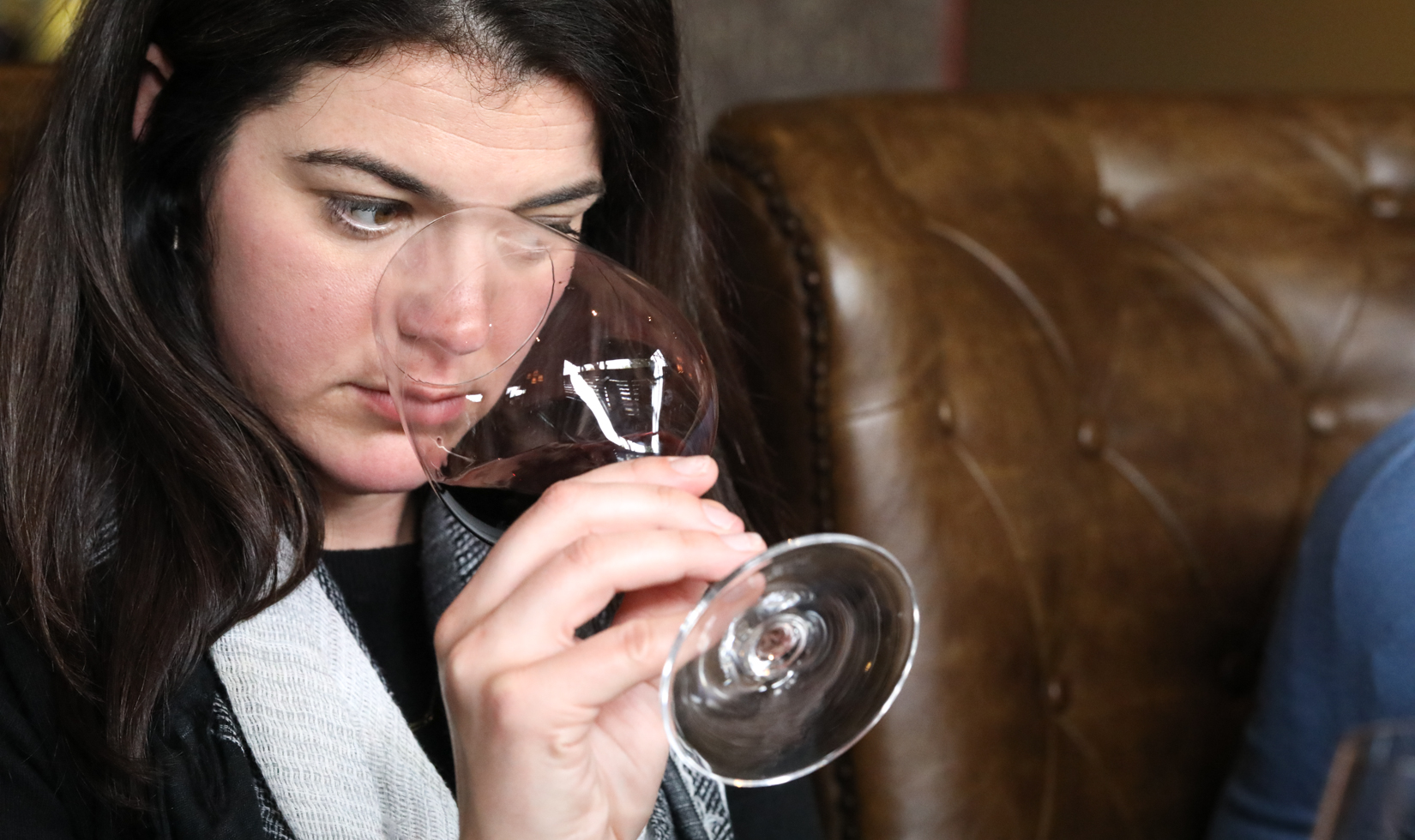
Know Your Preferences When You Read a Wine List
Before diving into a restaurant wine list, it’s good to have an understanding of your personal taste preferences. Do you prefer big, bold red wines, or more elegant, silky ones? Do you love crisp white wines with succulent acidity like Jordan Chardonnay that are quite versatile with a range of foods? How to order wine at a restaurant always starts with what you like. Take a photo, post to Vivino or make a note of what wine styles and flavors speak to your palate. This knowledge will serve as a solid foundation when you read book-thick wine list at a restaurant. “About 30 percent of our guests know which varietal they like, such as chardonnay,” says Dan Prentice, general manager at Dry Creek Kitchen, who’s overseen their Sonoma-centric wine program since 2006. “In recent years, guests have started ordering grape varietals by style—the chardonnay can’t be too oaky, they want more minerality, they like stainless steel. There are lots more requests for less oaky chardonnay.” People are putting themselves in the hands of the sommelier more, however. “Ten years ago, guests would want us to recommend a wine, but they’d say, ‘I want a cab.’ Now, 70 percent of our guests want to try something new. They will tell us what style of wine or producers they like, and they are open to trying any varietal of similar flavor or texture.”
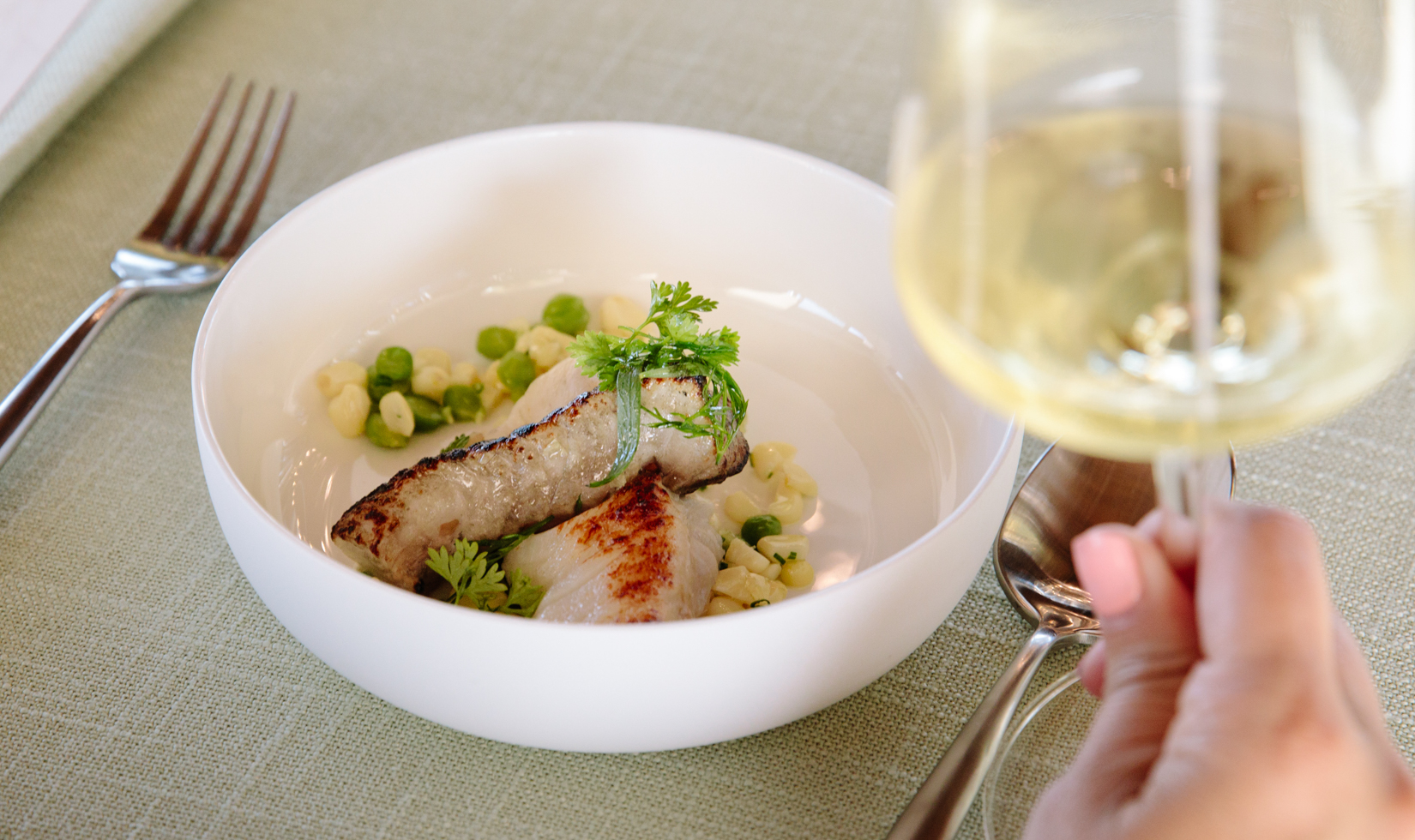
The Role Food Plays in How to Read a Wine List
The history of wine and food pairing dates back thousands of years. There’s a reason why chefs and restaurateurs invest tens of thousands of dollars in wine programs. Mastering how to order wine at a restaurant involves choosing the right wine for the food. Some would argue that all wines are made to be enjoyed with food, but there are some high-alcohol red wines that are so big and bold, they over-power the flavors of many dishes. The diverse flavor profiles of white and red wines can significantly impact the way we experience food. Pros worldwide say, “The wine should be more acidic than the food.” A crisp and refreshing white wine pairs well with light, fresh dishes. Think of a zesty Sauvignon Blanc or bright Jordan Chardonnay complementing a citrusy seafood ceviche. A fruit-forward, silky red wine with medium body, such as Jordan Cabernet Sauvignon , pairs well with a wide range of dishes, from duck breast to mushroom risotto to steak. “If you’re really into food, you should expect a new experience with wines from each vintage,” Sawyer says. “When you go back to a restaurant year after year for your favorite dish with your favorite wine, the pairing will always be different, thanks to the vintage.” But if you’re uncertain, always ask the sommelier or your server for advice. One of the perks of working in a fine dining restaurant is the taste tests. They know which wines pair best with which dishes.
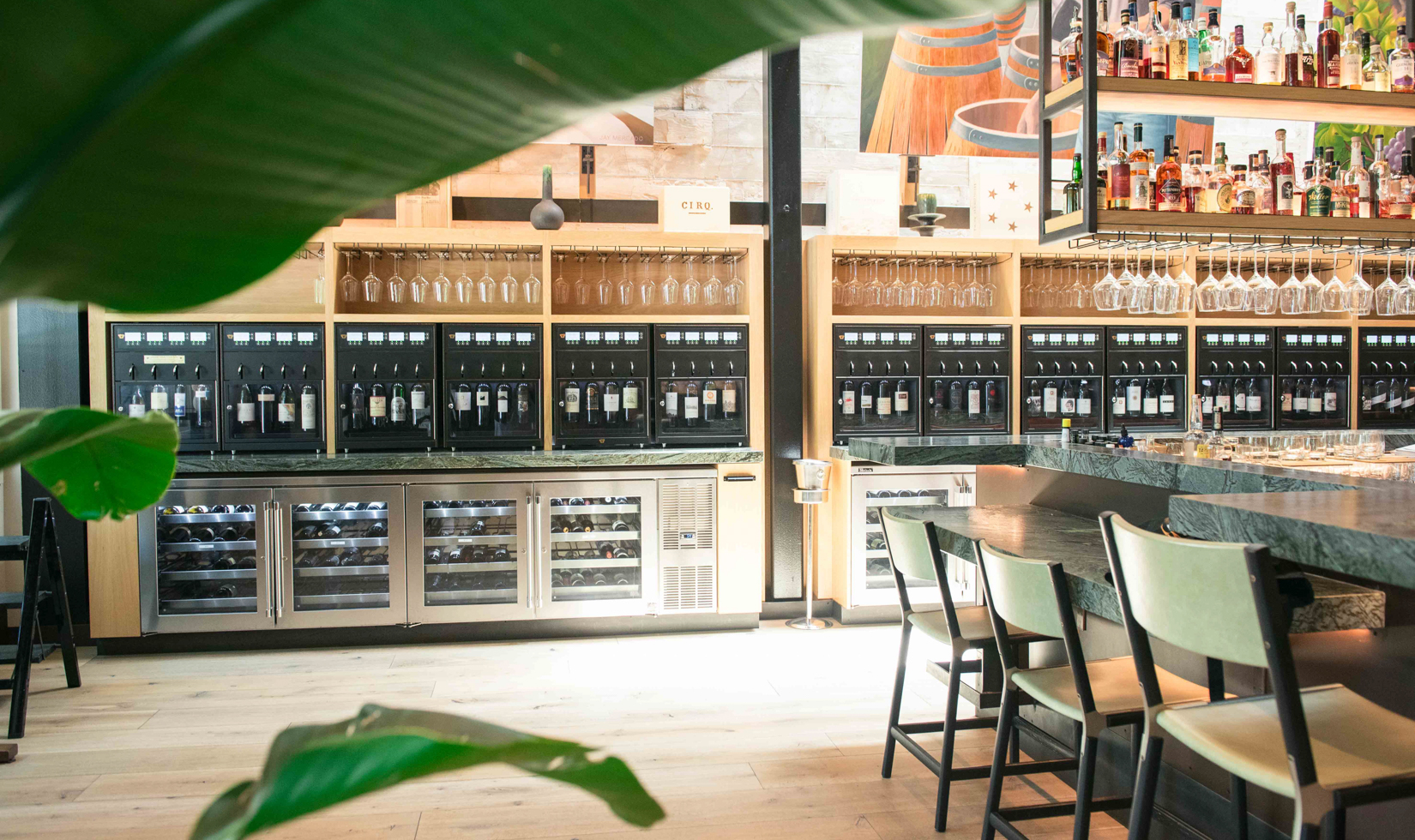
Build Your Knowledge to Make Reading a Wine List Fun
The internet makes it so easy to learn more about the world of wine and how to read a wine list. Whether you’re still into Google or exploring ChatGPT, wine facts and wine list navigation advice are just a few clicks away, but in-real-life wine education opportunities are expanding beyond the classroom. Restaurants and wine bars with “wine walls” that offer micro-tastings now double as a self-guided wine school. “Some guests come to our Wine Wall looking for high-end wines they don’t have easy access to,” says Jon McCarthy, Wine & Beverage Director at The Matheson in Healdsburg. “But there’s a large cross-section of people that come to the Wine Wall to try new things and learn more about the world of wine. Our guests like to taste lesser-known wines, such as Cinsault, Carignan, Malagousia, Assyrtiko and Touriga Nacional, and they can do it in a small, low-commitment situation of a taste rather than committing to a full bottle or even a full glass.”
Our access to online wine courses has expanded since the pandemic as well. If you and a loved one enjoy taking cooking classes together, the next natural step is taking a wine tasting class in real life or online. The Wine & Spirit Educational Trust and Napa Valley Wine Academy are just two of the respected wine education organizations offering online wine courses. You can also take classes in person at The CIA Copia in Napa Valley while on vacation in Wine Country.
